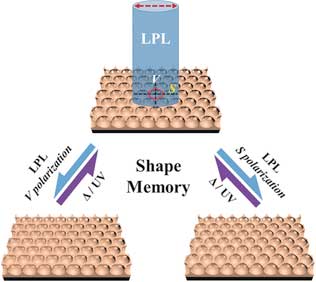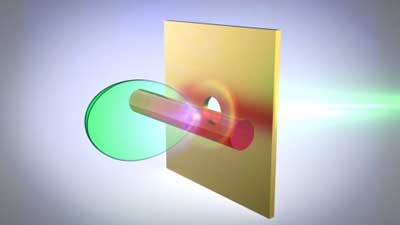
Tuesday, February 6, 2018
The future of wireless communications is terahertz
A new platform for light-matter interaction in fiber optics holds promise for enhancing existing and developing nanotechnologies.
A new radiation detector made from graphene
With a simple design and relatively low cost, this graphene-based radiation detector could be scaled up, enabling a wide range of commercial applications.

40-year controversy in solid-state physics resolved
An international team has shown that the puzzling properties of samarium hexaboride do not stem from the material being a topological insulator, as it had been proposed to be.
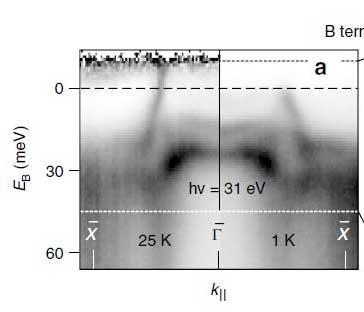
The dawn of gallium oxide microelectronics
Gallium oxide has an advantage over silicon in producing cheaper and smaller devices.

Serious shortcomings in aging tests of new solar cell materials
Scientists have found that only a fraction of stability tests done on new types of solar cells meet proper requirements. Tests lack common standards and should have been done in real-world conditions and in groups of several cells.
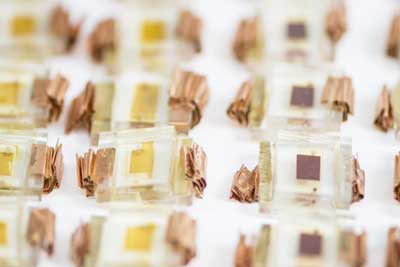
Optical ceramic meets metal-organic frameworks
Researchers have developed a new type of materials, i.e. metal-organic frameworks, for preparation of the optical ceramics.
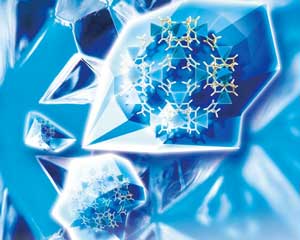
New method enables high-resolution measurements of magnetism
Researchers have made significant progress allowing very high resolution magnetic measurements. With their method it is possible to measure magnetism of individual atomic planes.
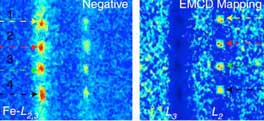
Theoretical physicists at UNM manipulate light with nanoscale objects
Results advance understanding of periodic arrays in nanostructures.
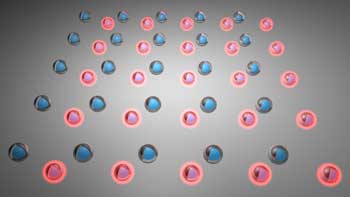
Liquid crystals form nano rings
Quantized self-assembly enables design of materials with novel properties.
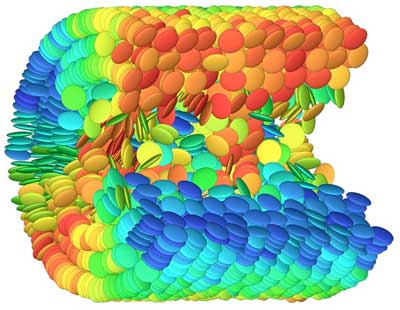
Researchers discover an exceptional metal-oxide magnesium battery cathode material
Move over, lithium-ion; now, there's a better battery on the horizon.
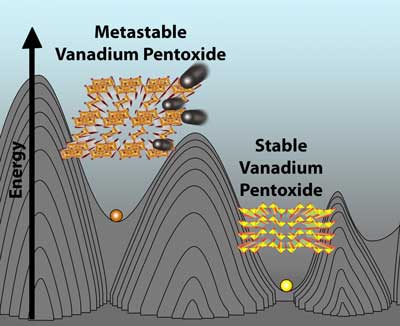
Advances in fabricating nanocrystalline diamonds to study materials under extreme conditions
These synthetic diamonds have produced nearly twice the pressure found at the center of the Earth.
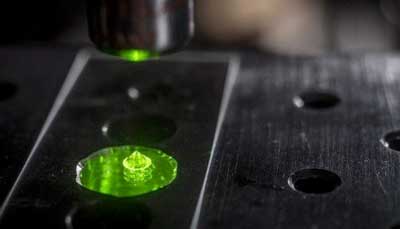
Subscribe to:
Comments (Atom)

